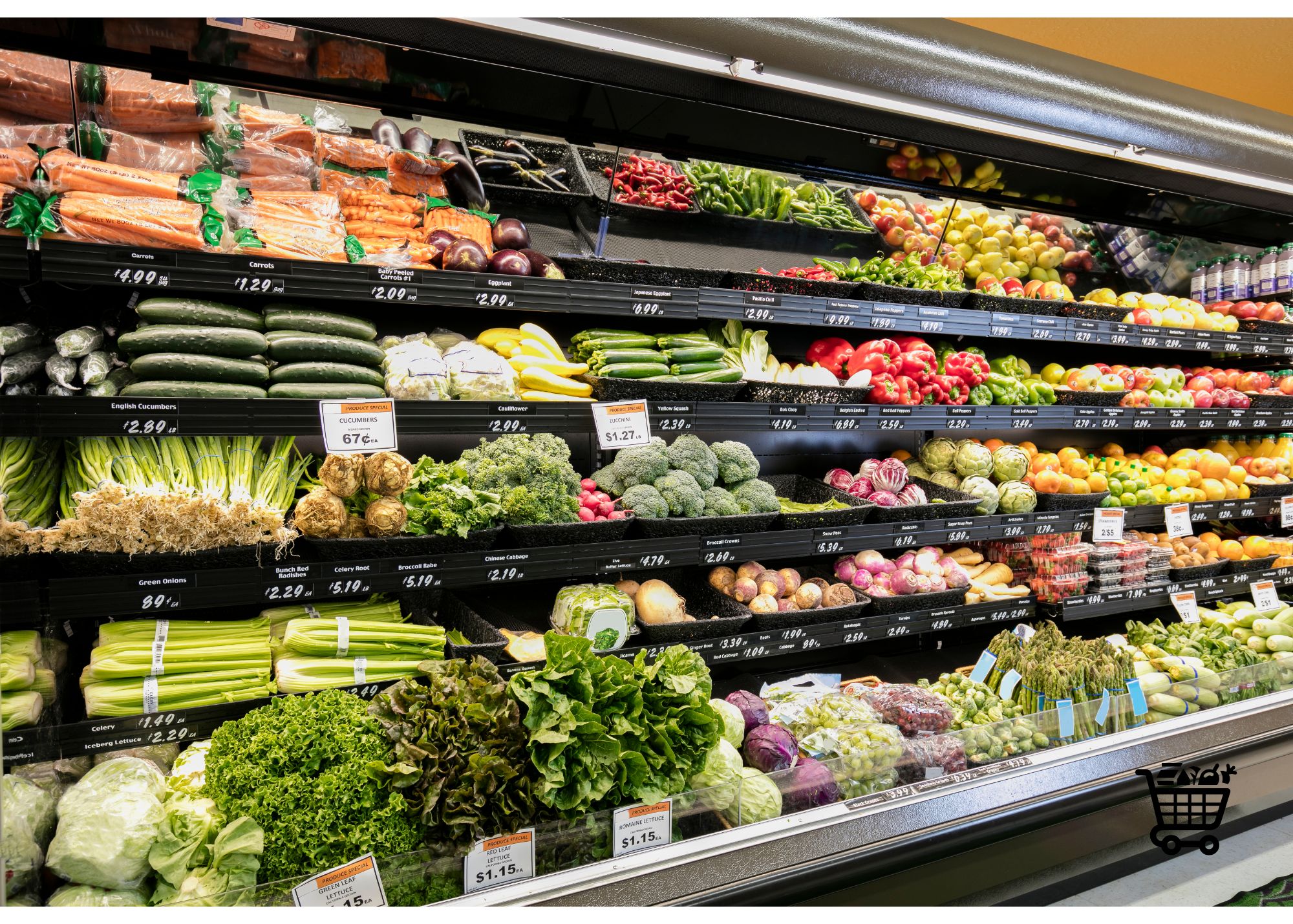Will Costco Join The Mag 7?
When you think about the companies that have cracked the trillion-dollar market cap, your mind probably jumps straight to the Mag 7, including Microsoft, Nvidia, Apple, and Amazon. These firms dominate the digital infrastructure we all rely on.
But here’s something you won’t find on the list: a brick-and-mortar retailer. Not Walmart. Not Target. Not even Costco Wholesale, despite its legendary cult following and dominance in the warehouse-club space.
With Costco’s market cap sitting around $420 billion, the obvious question is whether this old-school retailer has a realistic shot at doubling and then some to $1 trillion.
Key Points
-
Costco’s growth engine is membership fees, not product margins.
-
The company has thrived through every macro storm.
-
Despite steady 8–10% growth projections, Costco’s lofty valuation makes $1 trillion a challenge.
Costco’s Growth Since Day One
Costco’s journey is the kind of case study Warren Buffett would assign in a value investing classroom. When it went public in December 1985, the stock was priced at just $1.67 a share on a split-adjusted basis. $1,000 invested in Costco’s IPO would be worth just shy of $570,000 today ex-dividends.
That eye-popping return was fueled by three relentless drivers, such as building more warehouses, signing up more members, and keeping renewal rates at levels most subscription businesses would kill for.
Back in 1985, Costco had 11 warehouses and 1.3 million cardholders. By fiscal 2024, it had ballooned to 891 locations and 136.8 million members. Revenue grew at a compound annual growth rate of 15%, surging from $1.1 billion to $254.4 billion.
Interestingly, Costco’s IPO prospectus admitted that its biggest risk was “consumer unfamiliarity with the warehouse concept.” Today, it’s hard to imagine a world without people filling up SUVs with Kirkland water packs and $4.99 rotisserie chickens.
The Secret Sauce Behind Costco’s Success
Unlike most retailers, Costco doesn’t rely on fat product margins. In fact, it’s often the opposite. The real money comes from membership fees, which flow almost entirely to the bottom line. That’s why Costco can sell gasoline, organic chicken breasts, and even diamond engagement rings at razor-thin margins or below cost.
Another lever is Costco’s Kirkland Signature brand. Industry analysts estimate Kirkland generates more than $50 billion in annual sales, larger than Kellogg and Hershey combined.
It also thrives on scarcity by offering a narrower product selection than Walmart or Target, then rotating inventory to keep customers guessing. Add in Costco’s food court, gas stations, and optical centers, and you’ve got a business model that isn’t just sticky, it’s addictive.
How Costco Beat the Macro Storms
The last five years tested every retailer. First came the 2020-21 era shutdowns, then inflation, rising rates, and global supply chain chaos. Yet Costco not only survived, it thrived. Shoppers flocked to bulk goods when uncertainty hit, and inflation drove even higher-income households to seek value in Kirkland products.
Even when Costco raised membership fees in 2024, the first hike in seven years, renewal rates barely budged.
At the end of its fiscal third quarter, Costco had 142+ million members with a global renewal rate above 90%.
Can Costco Realistically Join Mag 7?
Here’s where the math gets sobering. Analysts expect Costco’s revenue and earnings per share to grow at an 8% and 10% CAGR, respectively, from fiscal 2024 to 2027. Those gains will likely be driven by international expansion, rising e-commerce penetration, and new services layered onto the membership base.
But valuation is the sticking point. Costco currently trades at nearly 50x next year’s earnings. That’s nosebleed territory for a retailer. If earnings grow as expected and the multiple compresses to a more sustainable 30 times earnings, shares could climb 50% over the next decade, landing around $1,420. That would translate to a market cap of about $630 billion, impressive, but far from the $1 trillion club.
And here’s a twist most investors miss that because the S&P 500 has historically returned around 10% annually, Costco might actually underperform the index over the next decade if its valuation keeps compressing. Stability comes at a cost.
So What’s Next?
Costco isn’t likely to become a trillion-dollar company anytime soon. But that doesn’t mean it’s a bad investment. Quite the opposite, it’s one of the few retailers that feels more like a utility than a store. Membership fees are as reliable as electricity bills, and customer loyalty borders on fanatical.



